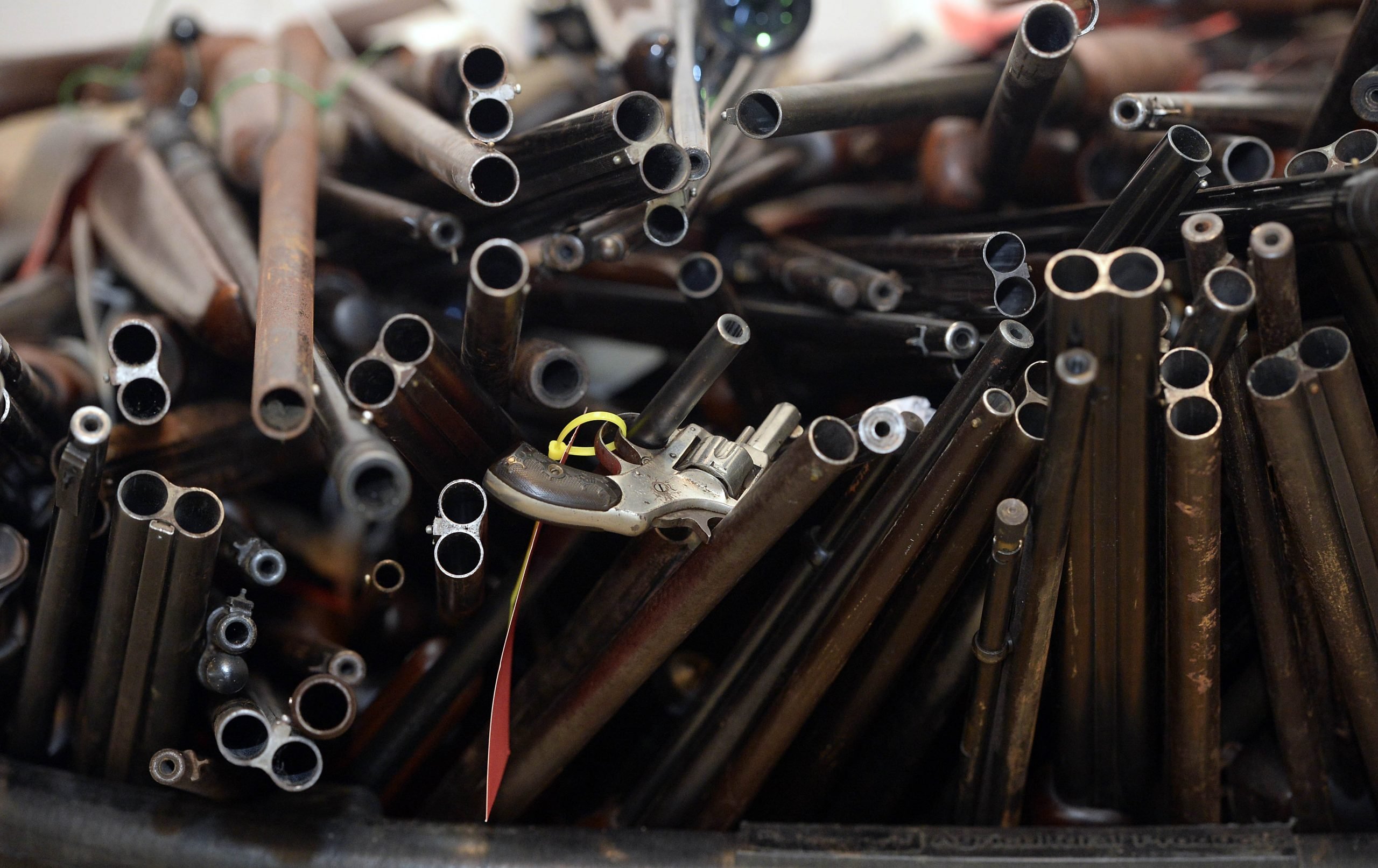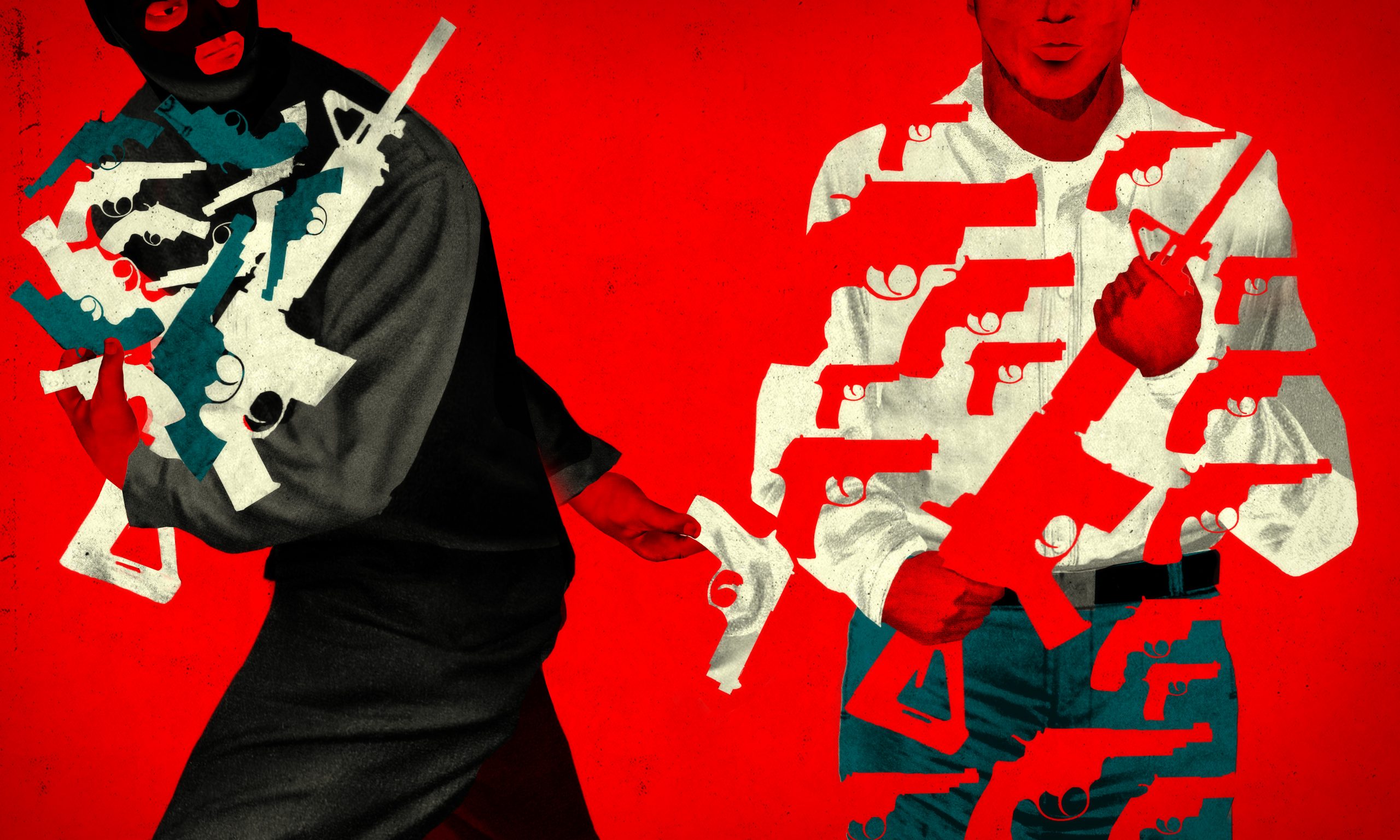President Donald Trump vented outrage on Friday morning after a jury in San Francisco acquitted Jose Ines Garcia Zarate, an undocumented immigrant, of first-degree murder in the 2015 killing of Kate Steinle. Steinle died after she was shot while walking in the middle of the day on a crowded pier along the Embarcadero, a popular tourist attraction on the city’s waterfront. The man who pulled the trigger had been repeatedly deported to Mexico, only to re-enter the country.
Trump made the case a prime example of the need for his aggressive anti-immigrant agenda.
But data show that the public safety risks of undocumented immigration are overblown. As The Trace has reported, “sanctuary” cities like San Francisco — cities that take measures to protect immigrants from deportation — experience lower rates of crime than comparable areas. The more pressing issue in the Steinle case: The ease with which Garcia Zarate, who couldn’t legally possess a weapon, obtained a gun. The .40-caliber pistol used in the shooting had previously been stolen from a federal officer’s car.
As Brian Freskos reported in his Missing Pieces investigation, gun theft across the United States is on the rise. According to the Federal Bureau of Investigation, more than two million weapons have been stolen in the last decade. Most weapons are taken from legal owners, and many are later used in crimes.
In partnership with more than a dozen NBC TV stations, Freskos identified more than 23,000 stolen firearms that were later recovered by police, the vast majority at crime scenes. The weapons were used in carjackings and kidnappings, armed robberies, sexual assaults, and murders.
In California alone, The Trace and NBC identified more than 5,000 stolen guns that were later recovered at crime scenes. The weapons were connected to at least 63 homicides.
Few killings involving stolen guns draw as much media attention as the Steinle killing. In 2012, for example, Rory Park-Pettiford of San Jose was killed during an attempted car theft, carried out with a Glock stolen two years earlier. This past August, a gun stolen from a San Francisco police officer was used in a gang-related killing just three days after the theft.
The profusion of guns into American life has provided criminals, both dedicated and opportunistic, with more chances to obtain weapons through illicit means. The Missing Pieces investigation showed the ease with which thieves get ahold of previously legally owned weapons from cars, closets, dressers, and various other barely secured locations.
No category of gun owner seems to be immune. The weapons are stolen from collectors with massive arsenals and those with just one or two weapons, from both civilians and law enforcement.
The Sig Sauer P239 used to kill Steinle was originally issued to John Woychowski, a federal officer in Bureau of Land Management. Woychowski had left the gun in his car while on an off-duty trip to San Francisco. He had locked the car, but stashed his loaded handgun in a backpack, rather than a secured lockbox designed for car storage. Someone, it’s not clear who, smashed the car’s windows and took the backpack containing the gun.
Woychowski reported the gun stolen, but it eventually made it into Garcia Zarate’s hands. That reflects the pattern identified in the Missing Pieces investigation: even when guns are reported stolen, police often don’t recover the weapons until they are used in a crime.
While California law had already required civilians to keep guns stored in cars either locked in the trunk or a safe box, law enforcement were exempt. In the wake of Steinle’s death, the state passed a law to remove that exemption.


